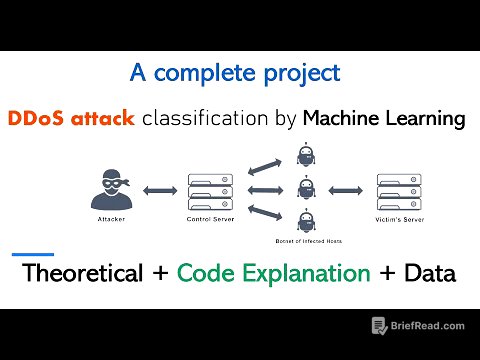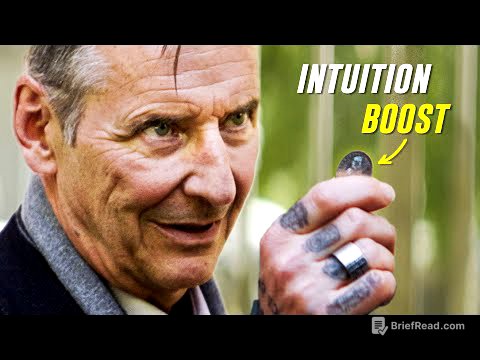TLDR;
This video provides a detailed explanation of autotrophic and heterotrophic nutrition, focusing on the process of photosynthesis. It covers the materials required for photosynthesis, the chemical equation involved, and two key experiments: Priestley's experiment demonstrating the role of air in sustaining life and Moll's half-leaf experiment proving that carbon dioxide is essential for photosynthesis. The video also highlights important precautions to take when conducting the half-leaf experiment.
- Autotrophic and heterotrophic nutrition types are explained.
- Photosynthesis materials and equation are detailed.
- Priestley's and Moll's experiments are explained with procedure.
Introduction to Nutrition [0:25]
The video begins by introducing two types of nutrition: autotrophic and heterotrophic. Autotrophic nutrition is the mode where organisms produce their own food, while heterotrophic nutrition involves obtaining nutrients from other sources. The process of photosynthesis, vital for releasing oxygen into the atmosphere, is then highlighted as a key example of autotrophic nutrition.
Photosynthesis: Definition and Materials [2:25]
The discussion moves to a detailed look at photosynthesis, including the materials required for the process. These materials, or factors, include carbon dioxide (CO2), water (H2O), sunlight, and chlorophyll. Chlorophyll is identified as a special pigment present in plant leaves that is essential for photosynthesis.
Photosynthesis: The Equation [6:40]
The presenter explains the photosynthesis equation, highlighting that plants synthesise glucose (C6H12O6) from carbon dioxide and water in the presence of sunlight and chlorophyll, releasing oxygen and water as byproducts. The equation, proposed by scientist van Neil, is crucial to understanding the process. Viewers are encouraged to learn the formula for glucose to grasp the equation fully.
Priestley's Experiment [11:40]
The video introduces Priestley's experiment, which demonstrates the essential role of air in sustaining life. Priestley conducted experiments using a bell jar, a burning candle, and a mouse to show that something in the air is necessary for survival. The experiment further showed that a mint plant could "restore" the air, allowing a candle to burn and a mouse to live, indicating that plants release oxygen.
Moll's Half-Leaf Experiment: Introduction [16:21]
The video transitions to Moll's half-leaf experiment, designed to prove that carbon dioxide is essential for photosynthesis. The experiment involves a potted plant, a wide-mouth bottle, potassium hydroxide (KOH) solution, and iodine solution. The presenter recalls the photosynthesis equation, emphasising the necessity of carbon dioxide for the process.
Moll's Half-Leaf Experiment: Procedure [18:25]
The procedure for Moll's half-leaf experiment is described in detail. A potted plant is destarched by keeping it in the dark for two to three days. A leaf is then partially inserted into a bottle containing KOH solution, which absorbs carbon dioxide. The setup is exposed to sunlight for three to four hours. The portion of the leaf inside the bottle cannot access carbon dioxide, while the portion outside can.
Moll's Half-Leaf Experiment: Results and Conclusion [25:15]
After the experiment, the leaf is detached and tested for starch using iodine solution. The part of the leaf exposed to the air turns blue-black, indicating the presence of starch due to photosynthesis. The portion inside the bottle, lacking carbon dioxide, does not produce starch and does not change colour. This confirms that carbon dioxide is essential for photosynthesis, as demonstrated by Moll's experiment.
Precautions and Recap [29:24]
The video concludes by discussing precautions to take when conducting the half-leaf experiment to ensure accurate results. The key point is that carbon dioxide is essential for photosynthesis. The presenter revisits the photosynthesis equation, reinforcing the roles of carbon dioxide, water, sunlight, and chlorophyll in producing glucose and releasing oxygen.









